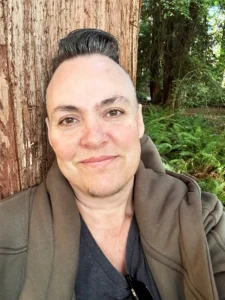Peeking at how hEDS and Hypermobility Spectrum Disorder fit into my life
CW: Images of bruises, talk of self-harm, dissociation, pain, medical situations

I balk, nervously shift my weight back and forth in my boots, as I feel a lone bead of sweat begin to make its way down my back, followed quickly by a dozen others in quick pursuit. The incline felt like nothing, even without my cane, when I walked up to the Daybreak Star Indian Cultural Center for the spectacular Spring Native Art Market, but looking back down the street at where I left the car, parallel-parked poorly with the right back half literally in the trees, I know this is gunna hurt.
I take a deep breath and begin descending the slight decline in stilted six-inch increments, a spitty rain cresting on my thinning hair, highlighting the areas where my hairline has begun to imitate the curves of a sandy beach along the shore at low tide. A short shuffle forward with my left leg, my cushioned sole grabbing at the uneven asphalt, a sharp pain in my left knee, a salty word under my breath, a quick stuttered step with my right leg and unyielding right ankle which simply will! not! bend!, and the increasing awareness that this is going to take me a very long time. Also, I’m in the way of people behind me who are hoping to stay out of the center of the street and I must look ridiculous.
A child of about four or five casually strolls past me, holding onto their parent’s hand, eating a jagged wedge of authentic fry bread, with cinnamon and sugar coating their chin. I smile at them and offer what I mean to be a friendly and totally casual hello, which instead comes out as a grunt. I envy their new, strong legs that work (and also the fry bread) and whisper my curse words more quietly. They wave their dough-filled-fist in my direction and I watch them disappear into the distance. I’ve gone approximately three feet.
~

I’m laying with my back against the padded table at physical therapy wearing my slightly staticky basketball shorts (which my nesting partner, Brandelyn, says, “do it for her???”). Dr. G. firmly holds my left calf against his side while pressing his right thumb, deeply and maddeningly slowly, along the tendons and muscles just above my knee.
My knee popped out of joint again last summer, just like dozens of times before, but this time it’s not getting any better. I’ve babied it, waiting for the pain to lessen so I can work out on the rower in the gym again, but it’s been nine months and my body just keeps getting weaker and more out of shape. I’m tired of limping.
We’re working on the top of my leg today because the bottom of my leg is still bruised. He tries to keep me talking while he hurts me, trying to make sure I can still speak. My voice will suddenly pause as I catch my breath from the intensity of the pain and I hear him say, “I’ll back off just a little here,” The path he scores into my leg will show up in lines of purple bruises by tonight. “You’re going to want to ice that,” he says.
The bruises on my thigh turn shades of angry, smashed blackberries and over-ripe plums and stay that way. When I go to PT the next week and then the next, they are still there, almost as mad-looking as at the start. (They stay that way so long that even when they do finally go away, they leave bruise scars.) Dr. G. frowns as he inspects my skin, palpating underneath them as I wince. “Are you aware that your body heals rather slowly?” he asks.
And so begins a conversation wherein I learn many things he’s noticed about my body, including that my kneecaps aren’t where they are supposed to be, but are too high (patella alta). My knees make the terrible creaking and popping sounds because I have Crepitus (are you effin kidding me rn that is a terribly insulting name!). My muscles are atrophied in some areas and my tendons are too tight. Yet, at the same time, my ligaments are too loose, which is why my left knee has slid out since I was a kid and both hips pop out every so often (mostly when I’m having sex in certain positions, but this is not something I say to Dr. G.). I have places around my knee where the sports tape not only caused a rash, but ripped my skin clean off. The scars from my self-harm-gone-wrong trip to the ER two decades ago healed in the shape of canoes instead of straight lines. My nails are weak and wavy. I have substantial stretch marks, in some places inconsistent with weight gain. Some of my stretch marks have stretch marks. The parts of my thighs where they ache the most feel doughy (lipedema).
I listen to him list off this litany of attributes, occasionally saying, no, I didn’t notice that, or, yes, I knew that, but doesn’t everyone?, which would be met with a sober shake of his head while describing a bell curve and pointing to a spot in the air (which is me) almost too far away on the left to see.
Dr. G. asks me to talk to my rheumatologist about a condition called hEDS.
I like Dr. G., the only physical therapist I’ve ever had, who helped me raise my arms using these same techniques two years ago when my biceps burned and froze. He’s about the same age as my son, which is fine, but underlines this new trend of being older than all my doctors. He has a solid, practiced, confident professional work voice and does his best to not be shocked when I joke through gritted teeth, “this is not my kind of kink,” and one time said he knew what a Pro Dom was, but I’m pretty sure he was talking about Lucha Libre.
I tried to explain to Dr. G. that my relationship to feeling pain in my body is fraught at best, and although he nodded his head and made low, affirmative tones out of his 33-year-old chiropractic throat, I could tell he had little to no idea what I was talking about when I brought up how childhood trauma and dissociation can create a delayed pain sensory experience.
~
 I’m sitting in my studio recliner, listening to my client tell me about their attempts at being embodied. They ask me why one might intentionally choose to be embodied, when the state of embodiment feels so terrible when you have chronic pain.
I’m sitting in my studio recliner, listening to my client tell me about their attempts at being embodied. They ask me why one might intentionally choose to be embodied, when the state of embodiment feels so terrible when you have chronic pain.
I understand intimately what they’re saying and hear myself answering, “If you don’t find a way to be in conversation with the pain your body is experiencing, your body will have to find other ways to get your attention, if not now, then later. And, when the pain is too much, thank god you have dissociation as a beautiful coping mechanism to save your life. Both things are true.”
My words find their way to my own ears and set up camp for acknowledgement later, as is so often the case in my practice. What I say to them is also for me.
Since the age of four, I’ve had the ability to not feel physical pain to varying degrees. Everything from lines of safety pins embedded in the soles of my feet as a child, to accidentally spilling a carafe of boiling water on my naked belly a few years ago, which resulted in the skin peeling. Self-harm coping strategies (the former) and being an easy, nomadic houseguest who forgets to have any needs and won’t make any problems (the latter) have value when your Fight/Flight/Fawn/Freeze system gets activated. But, in the long term, both have literally taught my body to not react to pain and confused the ways I’ve tried to get my body to trust me.
The neuropathy and fibromyalgia I experience tell the same story but in a different language. I’m so sensitive to touch that some fabrics feel like fire or needles. A soft touch on some areas of my body can feel like bruising. A gentle massage can make me weep in discomfort, which makes the lotion massage portions of a mani-pedi unendurable.
My body has been trying to get my attention for decades. ~

I’m at the dentist recommended to me by my friend. He is giving me a second opinion because the first dentist I went to after a pandemic-stretch absence told me I needed “five, maybe six crowns,” in the most casual way, you’d think she’d been talking about her lunch salad. When asked to clarify, she waved my surprise and concern away, saying, “you want to keep your teeth, don’t you?” as my stomach took a dive.
My new dentist, Dr. D., takes photos of my teeth with a pen camera, which I get to see in real time on a screen above my head, (including the small piece of blackberry my flosser missed which is wedged between my top left molars). He points to several bruised corners of my gums and demonstrates a way to floss that won’t hurt me (he targets the blackberry). He studiously examines my teeth, telling me what he thinks each needs and suggests, “you need one crown, one tiny new filling, and a replacement of an old amalgam.” I love Dr. D.
I refrain from kissing him in relief and gratitude (he’s wearing a mask) and instead dive into a scary-to-me subject at the dentist: I’m anesthesia resistant. Previous dentists have called me a liar, not believed me when I reported feeling pain after a numbing shot, rolled their eyes at me after a second numbing shot which didn’t work, and one refused to work on me that day or ever again when I told them I could feel everything from the cold water to the drill.
I have purposefully dissociated from dental pain when possible, but it’s particularly hard to sustain dissociation during mouth interactions which combine simultaneous factors like temperature, sound, smell, sensation, close proximity, and pain without completely mentally checking out, and then who is going to drive the car home? And also, I don’t want to tune out my physical pain anymore, so I fumble over my words, trying to get this nice dentist to understand.
Dr. D. listens quietly to my long, warbly tale, and then simply says, “I will believe you if you tell me you’re feeling pain and we will work together to find a solution,” and I silently weep in privacy behind the orange-tinted glasses they gave me to protect me from harsh lights.
~

It’s a Sunday in spring and I’m watching the hummingbirds from my studio. It looks perfect outside, but the truth is that the pollen turns me into a stuffed up, itchy, painful mess. I insist on going outside anyway and have taken allergy medication around the clock for weeks.
I’m thinking about the frenzy of new specialists and doctor appointments I’ve made and all the hours of detailed paperwork I’ve completed for each one (there has to be a better way to share all the same information with multiple doctors instead of putting the weight of all that work on exhausted, unwell people when we, as a species, have enough time on our hands to invent things like Kranch SaucySauce).
Learning about hEDS and Hypermobility Spectrum Disorders (get this book!) has answered a lot of questions. It will also change many things, including my expectations around what my body can and can’t do.
I roll that around in my mouth like a marble. I’ve been living in the future when it comes to my body’s abilities. I’m very aspirational when I think about taking hikes or being able to jump or even walk without a (very cool, of course) walking stick. I’m waking up every morning and telling myself a story about sometime soon, if I just figure out how, I’m going to open my eyes and not be in so much pain, that I’ll be able to get up and out of bed quickly, after this secret I’m going to figure out of course, and then my legs and arms will work well as I stretch them up high and long, and I’ll take a deep breath, kick my heels up, pound on my chest, and grab the world, taking a hefty bite right out of the center.
My little dream makes it ok that I’m actually hobbling to the bathroom, wincing at every shuffling step, using the counter to help me sit down on the toilet and then using both the floor and edge of the bathtub to help me slowly get back up, hoping I left the soap close to the front edge of the counter because it’s so hard for my lower back when I reach forward this early to wash my hands.
It’s what has kept me going, this futuristic, pain-free (or at least much less pain!) world in my head where I can feel strong and virile in the future, after I figure out this puzzle.
How do I let it go? How do I make friends with the idea that I am in a slow but persistent decline of abilities (but isn’t everyone?) and that is the reality for the rest of my life? How will this change my Pro Dom practice? There won’t actually be a “getting stronger phase.” There will only be a maintaining-if-I’m-lucky phase. And I hate that.
The words I said to another client a few weeks ago come flooding back. They shared that they spend hours at the end of the day hating that they didn’t do so many things they had planned to do, that they wanted to do, that they should have been able to do, and it sucks and they end their days feeling defeated. They told me it’s been like that for years.
“Make space for what’s real,” I told them, “Stop telling yourself you can do all of those things. Who said you get to have, or get to do, any of it? Be painfully honest with yourself. You’re hurting your own feelings over and over again. Time to grieve what you aren’t going to get, that you’ve wished you could have, and instead appreciate what you’ve got that’s right in front of you. Appreciate what’s real, so you don’t miss all the joy in your actual life.”
~
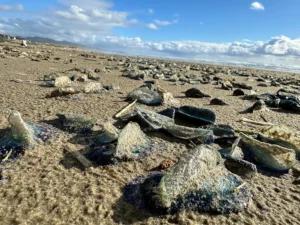
My partner, Psyche, and I travel along the Oregon coast. (Over the course of five days, she hauls everything into the car, into the yurt, out of the yurt back into the car, into the hotel (up three flights of stairs), out of the hotel (down three flights of stairs), back into the car, and finally into her apartment.) We stop at Manzanita Beach where the beach is littered with thousands of dead By-the-wind sailors. I hobble through them, leaning on my cane, trying to avoid adding insult to injury by not smashing them as we weave through.
The inky blue color of them, translucent in the sunlight, is beautiful. They look like (my) connective tissue: shapeless and dying.
The trip is good for getting me out of my head for the most part and the flowers, trees, and birds are beautiful. There is evidence of spring everywhere, especially where the trees have suddenly plooped their blossoms underneath themselves in rivers. I’m so glad I came and so lucky Psyche made it possible.
~

I’m watching an episode of The Amazing Race with Brandelyn. I’ve never seen it before and I’m pretty sure I won’t love it, but I’m hoping I will at least tolerate it alright, because I love the act of snuggling up with her in the evening with my head in her lap, hugging her entire stretched out left leg on the couch like a body pillow, while she strokes my hair. (Spoiler alert – I end up loving that show.) This particular episode includes a woman trying to use a medieval slingshot to fling a watermelon that must hit a suit of armor to the ground. Instead, the watermelon comes back and hits her full speed in the face. I feel the instant pang of sympathy pain deep in my gut as I screw my eyes shut and try not to cry. It’s been this way since I was a kid – I can’t watch other people being hurt because I feel it in my own body. I can’t watch violence in movies because it replays over and over in my head. And yet, I’ve built a career in which it is partly my literal job to create a kink scene wherein my clients are receiving physical pain they ask for, which I deliver to the smallest detail. I show them how to harness their own pain response to understand it better.
In trying to untangle this body pain complexity, I marvel at my ability to have so much sympathetic pain for others and still struggle with how to feel my own pain in ways that make sense and represent reality. I consider how this aspect has created a lifetime feedback loop of misunderstanding body pain and second guessing when and how things are supposed to hurt me so I can ask my body if it actually hurts that much or try to decide if I’m being too dramatic.
The neuropathy pain I experience totally messes with reality, making it seem like there is a fire running down my arm or needles in my wrists. I wonder how I can learn to be gentle with myself without embarrassment when things seem to hurt me more than other people, like with massage, or why I feel silly if I don’t allow myself to be physically bruised past the point of healing, when it’s obvious my body can’t and isn’t healing from it. I wonder why a doctor has to point it out to me three weeks later when I’m living in my body every day.
What it all boils down to, is if I can’t trust that I feel pain to the degree I think I feel it, how do I accurately represent my needs, even to myself?
~

My friend, Jenni, comes over a few times a month to put together jigsaw puzzles. (Charley Harper art is a particular favorite.) We talk quietly about work and family, or often don’t talk about anything at all while we puzzle, except if we’ve got the piece the other is looking for. Sorting by color and pattern is relaxing and I feel myself unwind from the day as we sit at one corner of the table on chairs with ass-comfort donut cushions under our butts, floating above the hard wood seats, finagling the lamp for optimal table coverage, fingering through greens and blues, pushing pieces that have faces or dots into a special pile, and enjoying simply being.
On the evening when the world is all aflutter over the solar storm that might bring the aurora borealis further south and make it visible in Seattle, I text her to see if she’s heard about it but stop short of asking her if she wants to go hunt for it together. As so often is the case, the idea of doing the thing sounds so much easier than actually figuring out how to do the thing. (When I try my luck alone the next night, I get a really clear photo of absolutely nothing unusual.)
One day she invites me to go to a concert (of someone I’ve never heard of) with her, explaining that it starts early so I won’t be out too late, the parking is close by, the venue has places I can sit, it’s not too big so I probably won’t get overwhelmed, there are snacks if I need them, the drive is under an hour, and that she’ll be the driver. I’m touched by her thoughtfulness and attention to my needs. I hate that I have so many things someone has to consider, but that feeling is less intense than the appreciation I feel. I tell her I will plan to go but because it’s on Mother’s Day, I hope she understands if I’m too exhausted after family brunch on the patio. She assures me she understands completely.
On the afternoon of the concert, I let her know I actually feel pretty great (!!!) and I’m looking forward to seeing her! Jenni replies that she has a migraine and won’t be able to go, after all. She worries I’m being let down and asks if I want the tickets for myself. I decline. “Don’t worry,” I say, “I understand completely.”
I’m equally disappointed and relieved to stay home that night and I guess you can’t get more balanced than that.
~

There are so many new things I’m learning about my body right now. It’s like a crash course of a graduate level in college. The magnitude of what has to change both inside me around my expectations, and also outside me in accommodations for my new normal, is extremely uncomfortable. It’s easy to get overwhelmed and feel unable to get my head back above water. In that space, where I feel danger lurking if I stay too long, I see my reflection in the water around me and make the choice, daily, multiple times, to kick away from there and seek out the light on the surface.
Each morning, before my eyes are fully open, I extend my arm to the nightstand and grope for my phone to send Brandelyn a purple heart that alerts her I’m awake. She’s usually been awake for at least an hour, but if at all possible, stops whatever she’s doing to come climb in bed with me.
The utter gorgeousness of her blinds me, brilliant sun in my morning. I keep my eyes shut, feeling the warmth of her on my skin. Brandelyn gently runs her hands over my thighs and tells them what a good job they do every day trying to hold me up. She lightly rubs my biceps and tells them she loves them for all the ways they try to show up for me. She whispers things to my belly and back that I don’t even get to hear, but I know she’s telling them she loves them and she’s sorry they hurt so much. She pats my heart and says, “hello in there! I love you!” and then grabs my face and tells me how happy she is that I’m in her life and how lucky she feels to get to love me and be loved by me. And I’m reminded again and again that I am so very lucky here in this life, where I actually live.
~
I’m a mentor! A recent client said this: [Leoh] has helped me gain a deeper understanding & appreciation of my brain, my body, my relationships, my past and present. Leoh’s wisdom & whimsy has led me to tools, and discoveries I would have never been able to access without working with them. I am so grateful. ~A.N.
I hope you’ll contact me if you’d like some one-on-one support. <3
The title of this piece, “An N of 1,” refers to this.
—Previously posted on Substack




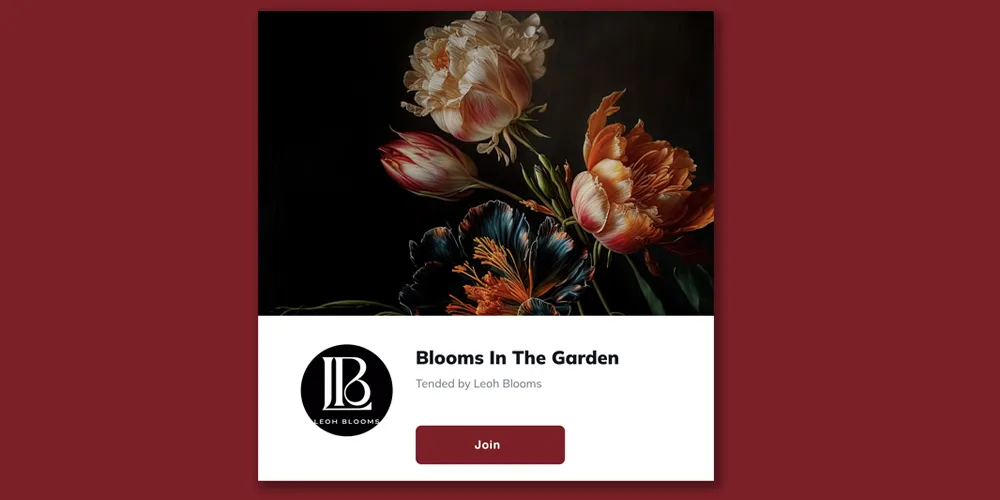








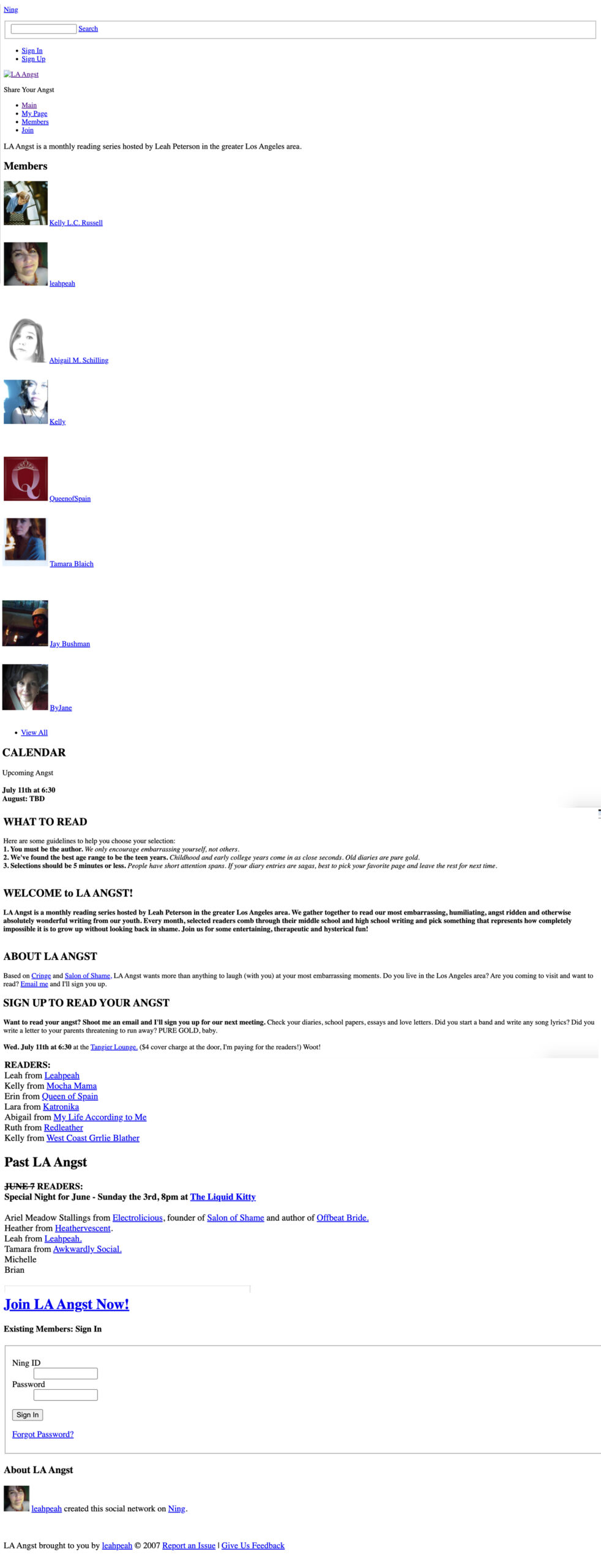
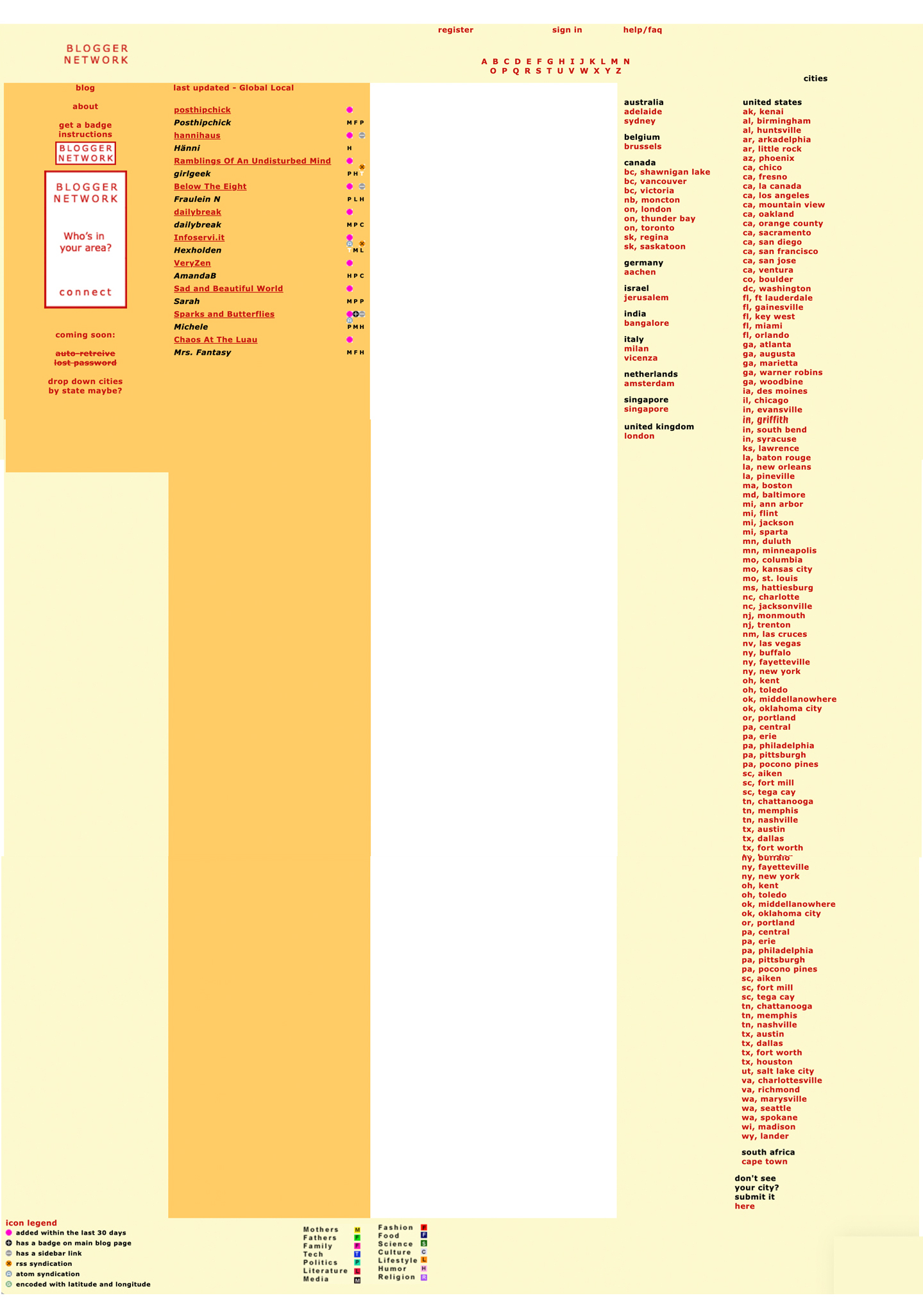
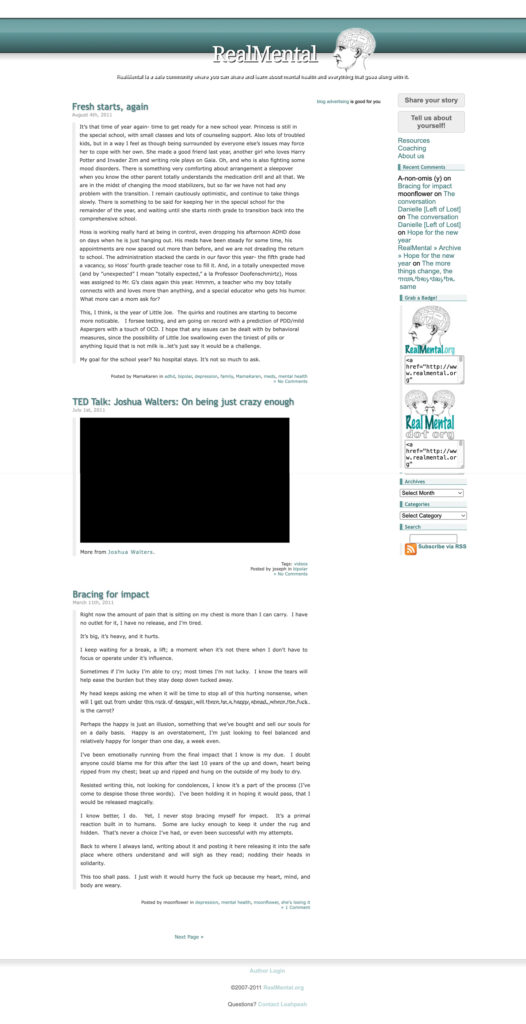
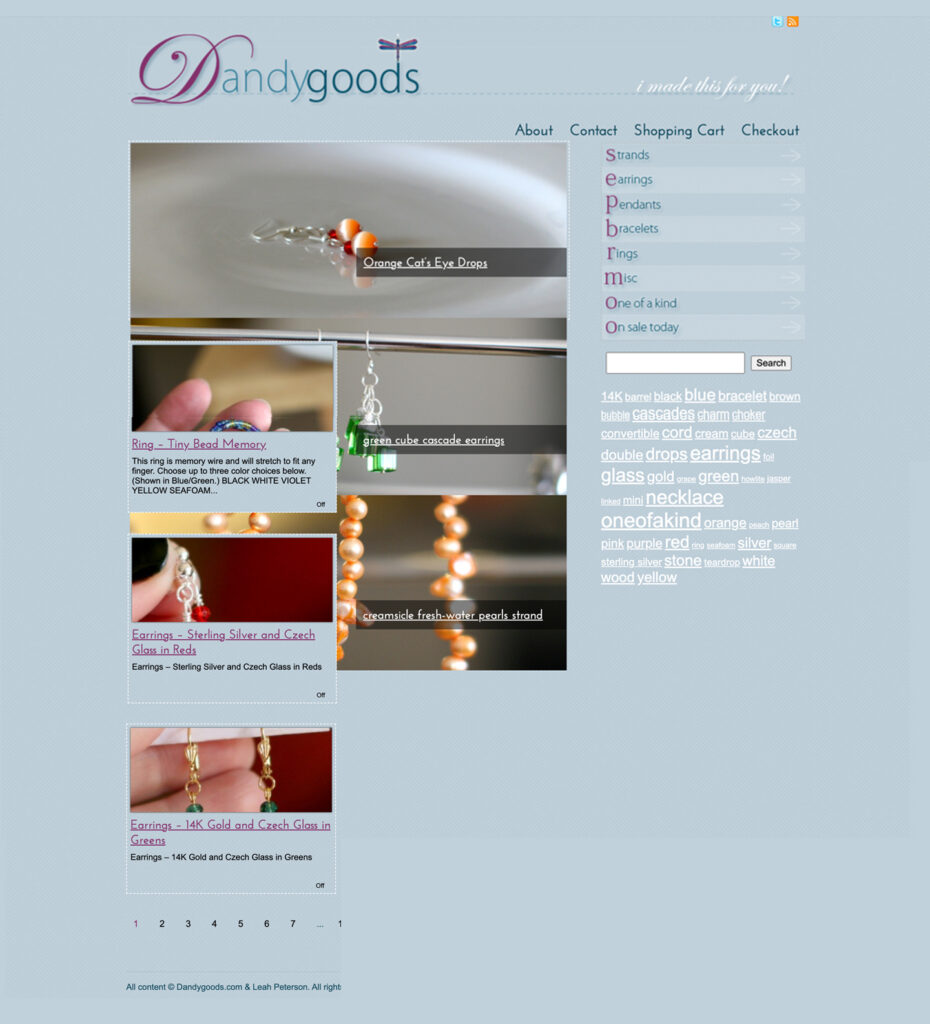



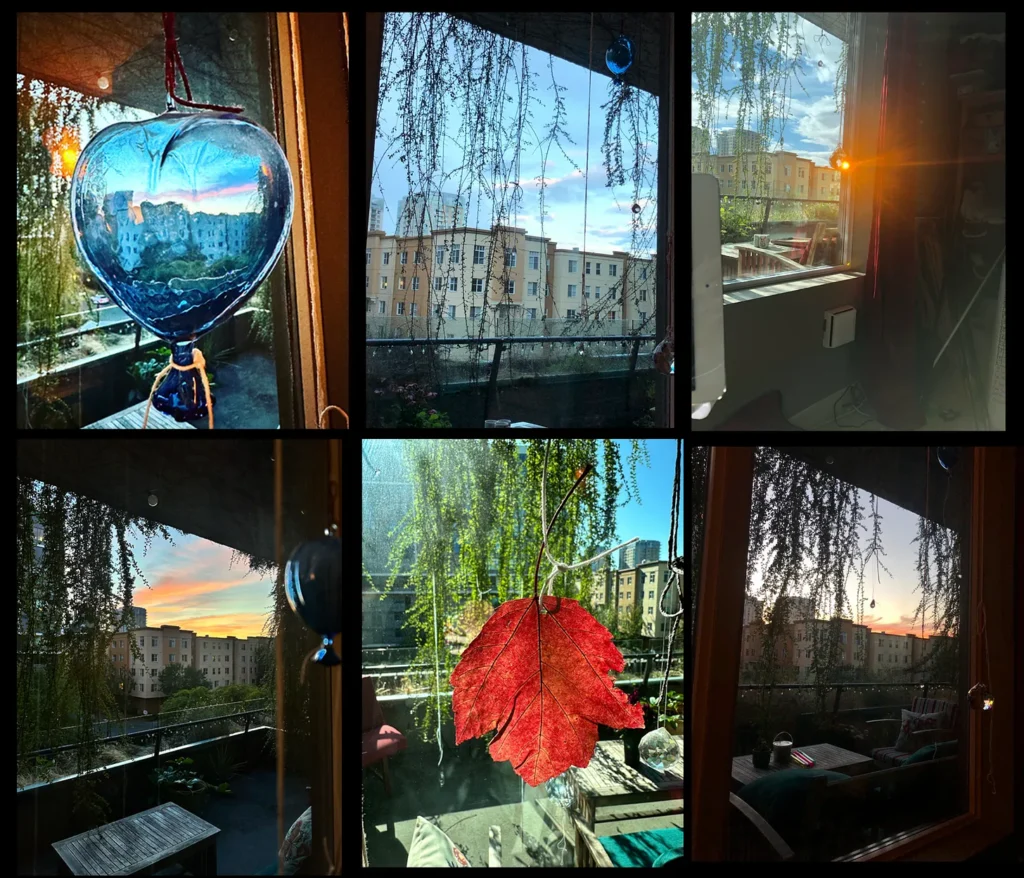













 I’m sitting in my studio recliner, listening to my client tell me about their
I’m sitting in my studio recliner, listening to my client tell me about their 










 I learned a lot during that decade and did my best to keep sharing with others through workshops, speaking at conferences, and writing.
I learned a lot during that decade and did my best to keep sharing with others through workshops, speaking at conferences, and writing. 


